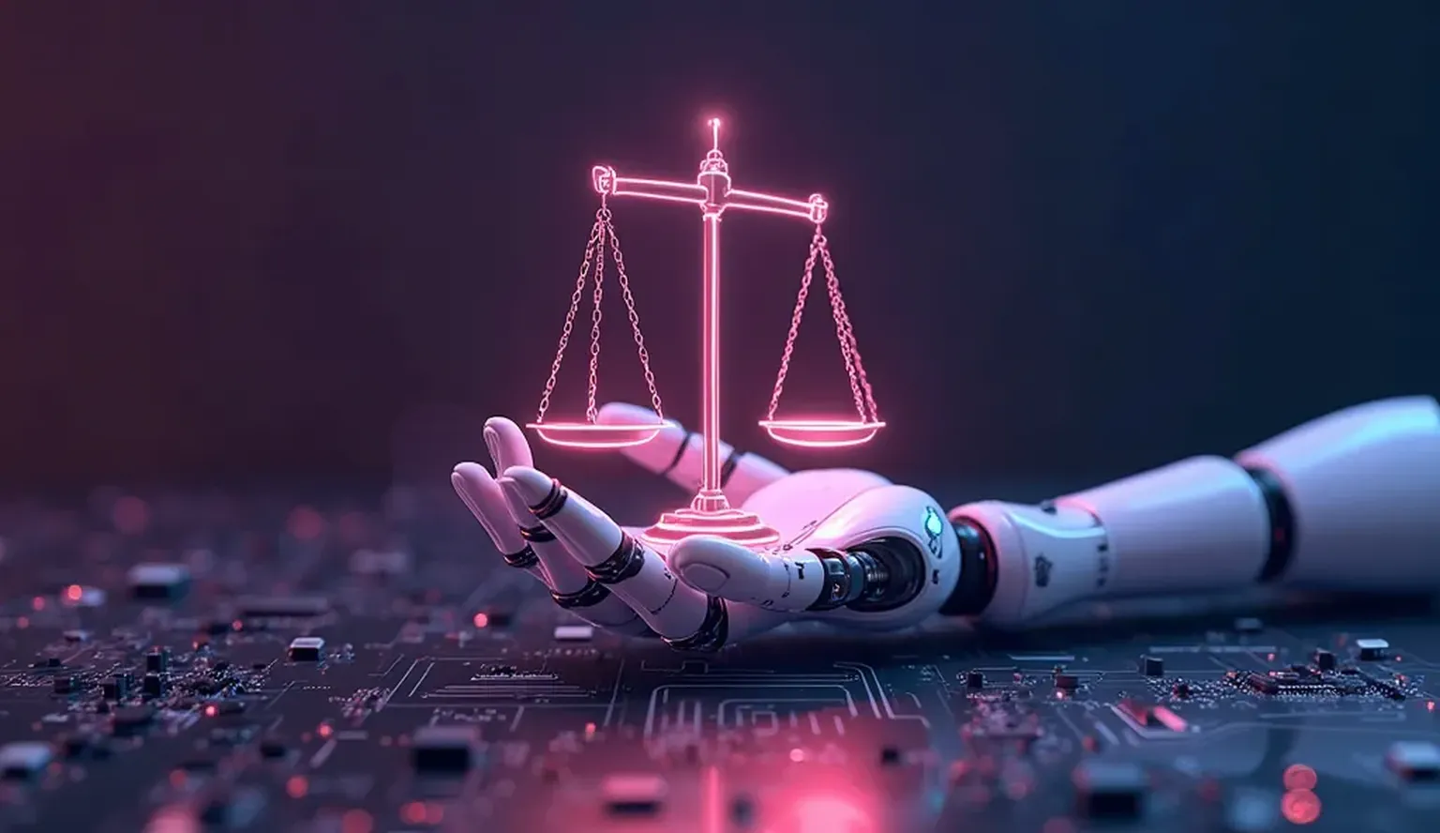Intelligent automation with legal security: a strategic and achievable path

Process automation through RPA (Robotic Process Automation) is transforming the way companies operate. Increased productivity, error reduction, and scalability are some of the main advantages. However, amid this rapid digital transformation, a subtle but essential question is beginning to surface in decision-making rooms: is it possible to automate with legal responsibility?
The short answer is: yes, it is. But it requires attention, preparation, and, above all, a strategic approach from the start.
The legal risks of poorly planned automation
Automating without considering legal implications can lead to serious risks, especially when dealing with sensitive data, regulatory compliance, or action traceability. Key concerns include:
- Processing personal and sensitive data: In compliance with Brazil’s LGPD (General Data Protection Law), bots must not improperly access, share, or store data.
- Auditability and traceability: Actions performed by bots must be logged and traceable to avoid legal gray areas about “who did what.”
- Joint liability: Errors made by bots can be legally attributed to the company, including automated decisions that impact customers, suppliers, or employees.
- Sector-specific compliance: Regulated sectors (like finance, healthcare, and law) demand extra attention to ensure automation respects specific norms.
How to mitigate risks and ensure legal security
Responsible automation is not a myth, it’s a practice. And like any best practice, it starts with solid planning. Here are the pillars of secure implementation:
1. Legal mapping during diagnosis phase
Understand the lifecycle of the process, the data it handles, and the risks involved. Preventive legal analysis avoids future headaches.
2. Active involvement of legal and compliance teams
RPA is not just “an IT matter.” Including compliance and legal teams from the start ensures regulatory adherence and integrated risk vision.
3. Bot governance and traceability
Bots should have their own identities, clear logs, and accessible action records. This facilitates auditing and boosts trust in automation.
4. Access controls and data anonymization
Limiting what the bot can see and do is critical. Encryption, anonymization, or masking are often mandatory when dealing with sensitive data.
5. Ongoing updates aligned with legislation
Laws change and automated flows must adapt. RPA is not a one-off project, but a living system requiring constant review.
How Verzel ensures legally secure automation
At Verzel, we believe responsible automation is synonymous with sustainable automation. That’s why every RPA project we develop is guided by three core principles:
- Legal risk diagnosis from day one
We map legal risks in partnership with stakeholders before building bots. - Governance-driven development
Our bots are traceable, uniquely identified, and backed by secure access policies. - Compliance culture in every delivery
We align with LGPD, regulatory compliance, and information security standards at every step.

Smart automation is a powerful ally for modernizing companies. But it only yields sustainable results when combined with legal awareness and governance.
With the right support and proper practices, it’s possible to transform processes using RPA without compromising compliance and even better, turning compliance into a strategic advantage.
If your company is ready to take that step with intelligence and security, Verzel is here to guide you through every stage with responsibility and future-oriented vision.